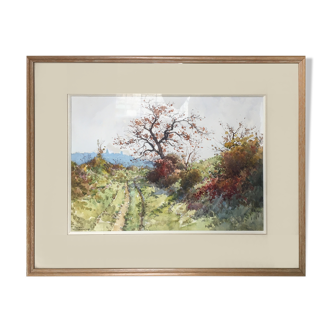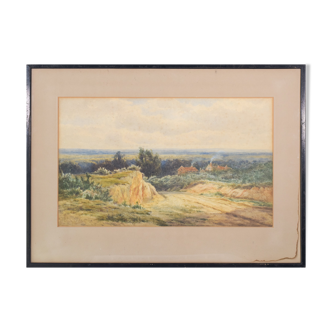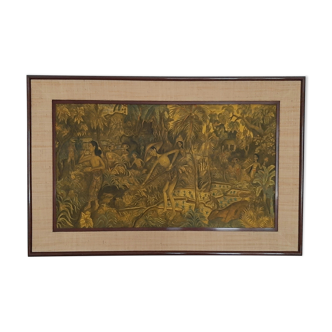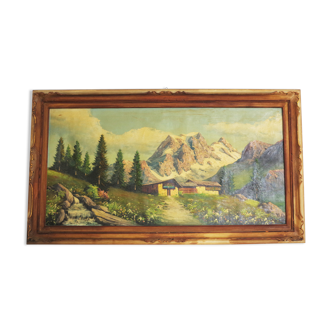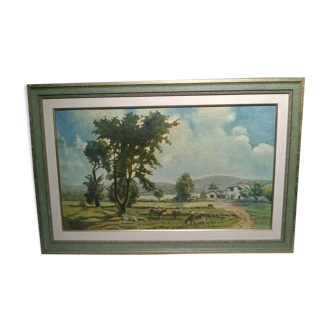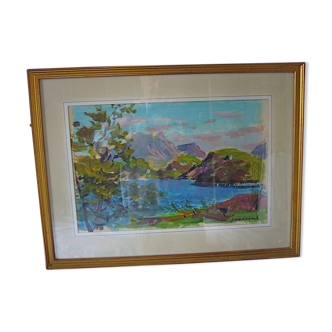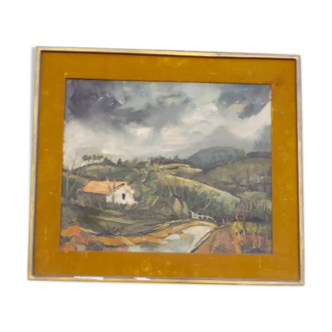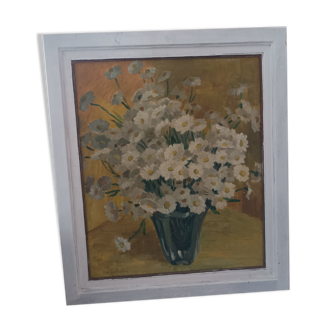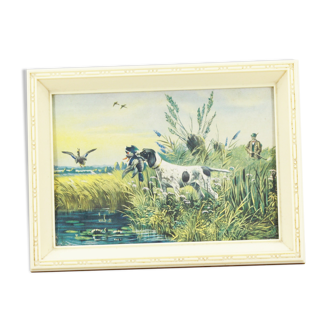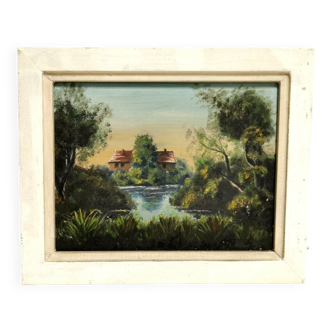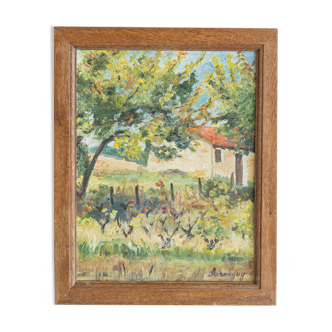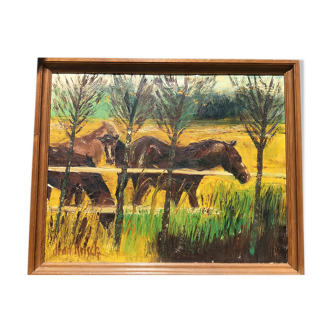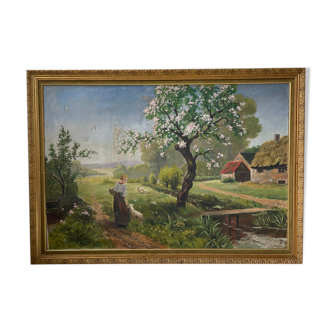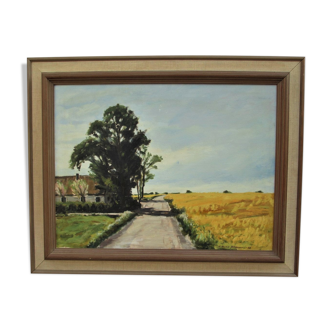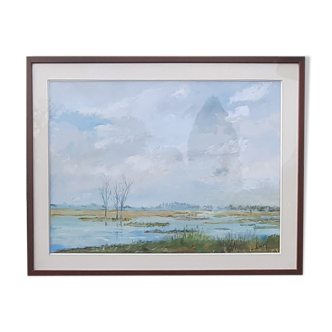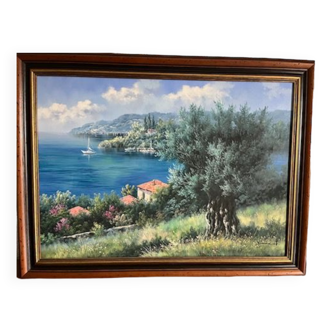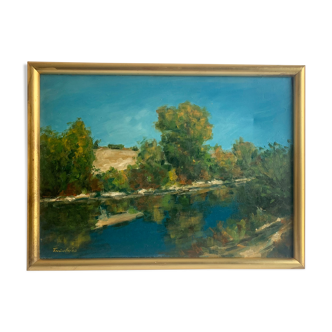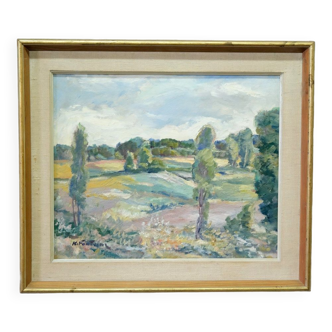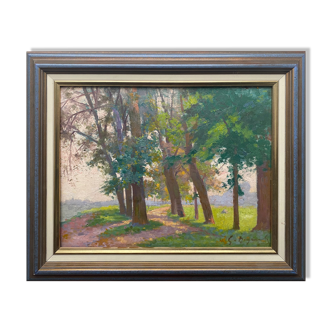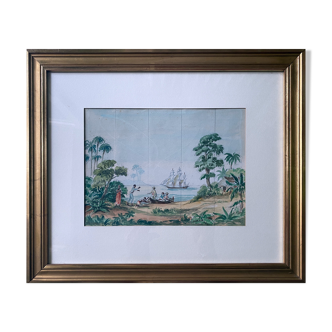Framed watercolor by Henry Charles Fox 1855 - 1929
🙈 Oops, this product is already sold or unavailable. Discover our 1500 new products or products similar to this item !
- Dimensions :
- H68 x W92 x D2
- Color :
- brown
- Material :
- paper
- Style :
- classic
Henry charles fox. English ( b.1855 - d.1929 ). Driving sheep. Plaisters lane, sutton poyntz, dorset 1918. Watercolour. Signed & dated 1918. Image size 18.9 inches X 28.3 inches ( 48cm X 72cm ). Frame size 26.8 inches X 36.2 inches ( 68cm X 92cm ). Available for sale is this original painting by henry charles fox dated 1918. The watercolour is presented and supplied in a sympathetic new replacement frame (which is shown in these photographs) that suits the artwork’s colour palette and behind non-reflective tru vue ultravue® uv70 glass. This antique painting is in very good condition, commensurate with its age. It wants for nothing and is ready to hang and display. The watercolour is signed and dated 1918 lower right. Henry charles fox was a prolific, popular and well-respected english landscape artist. Born in london, he lived most of his life in kingston on thames. He had his first painting accepted at the royal academy in 1880 and exhibited prolifically there and at all the other major galleries until 1913. Well-respected as an artist among his peers, he was elected a full member of the royal society of british artists (rba) in 1889. Fox’s paintings are regarded as well composed and balanced with a skilful use of toning and light. His palette is typically that of the genre artist, with the use of soft reds, earthy browns and rich greens to give his works a warm and peaceful feeling under large skies. Charles fox is best known for his rural landscapes in watercolour, but he also painted in oils and had a series of large etchings published by gladwell brothers, london, in the 1880s. Fox specialised in rural scenes, capturing in his delicate watercolour works the idealised dream of the perfect english countryside as it was during victorian times. In doing so he travelled widely across the south of england. His paintings were popular in the early 1900s because of their sense of tradition and tranquillity in a changing world.






















